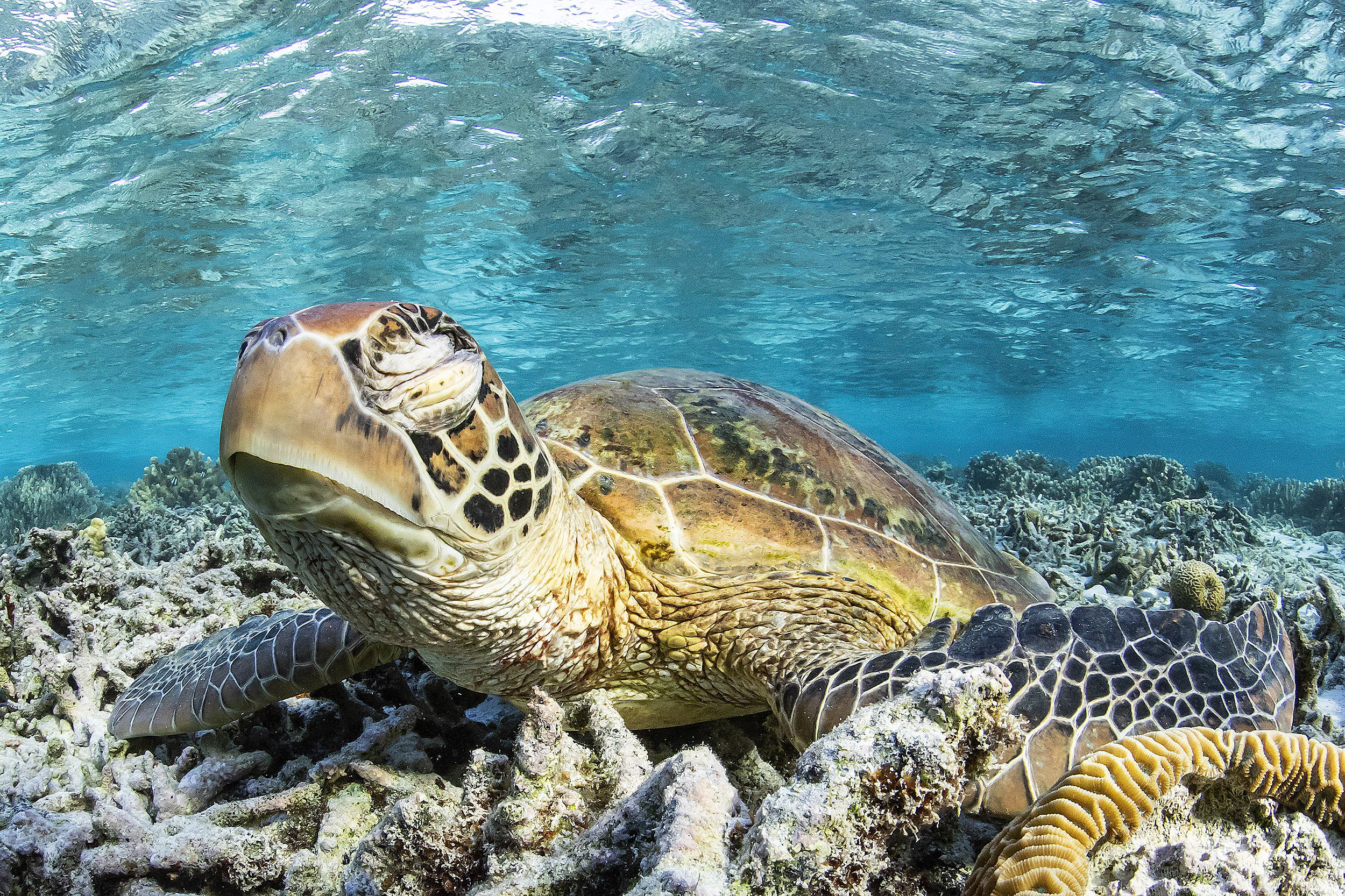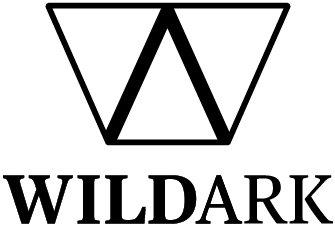All Images By Adrian Bullock
On the southern tip of the Great Barrier Reef lies Lady Elliot Island , a 110 acre World Heritage Site , and home of the Manta ray. Located within the highly protected Green Zone of the Great Barrier Reef Marine National Park (a no-take zone both recreationally and commercially) it is home to an abundance of biodiversity including turtles, fish, and has the second highest diversity of seabirds along the Great Barrier Reef. It is a popular day trip for many of these reasons.
What makes this island particularly unique is its proximity to the continental shelf , the winter months bringing a tremendous upwelling of cold, nutrient-rich water carrying a large influx of plankton which is what the Manta rays feed on. There are 1200+ Mantas identified along the east coast of Australia, and 80% of them can be seen around the island.
A snorkel around the shoals and reefs reveals a vast variety of healthy coral reef environments that were fortunately unaffected by the 2016 and 2017 bleaching events. Australian photographer spent a few days on Lady Elliot, revealing the watery world below the surface…
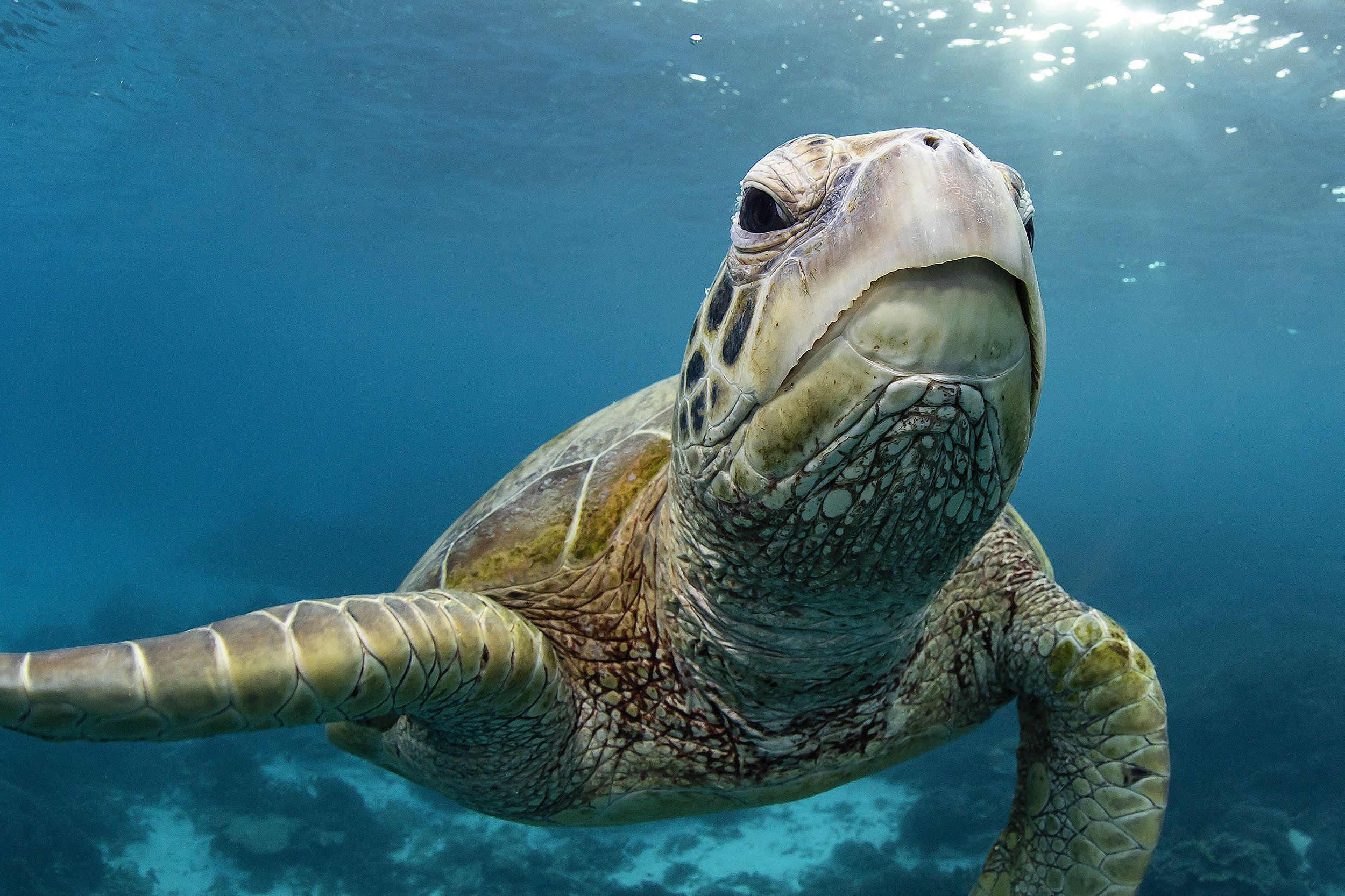
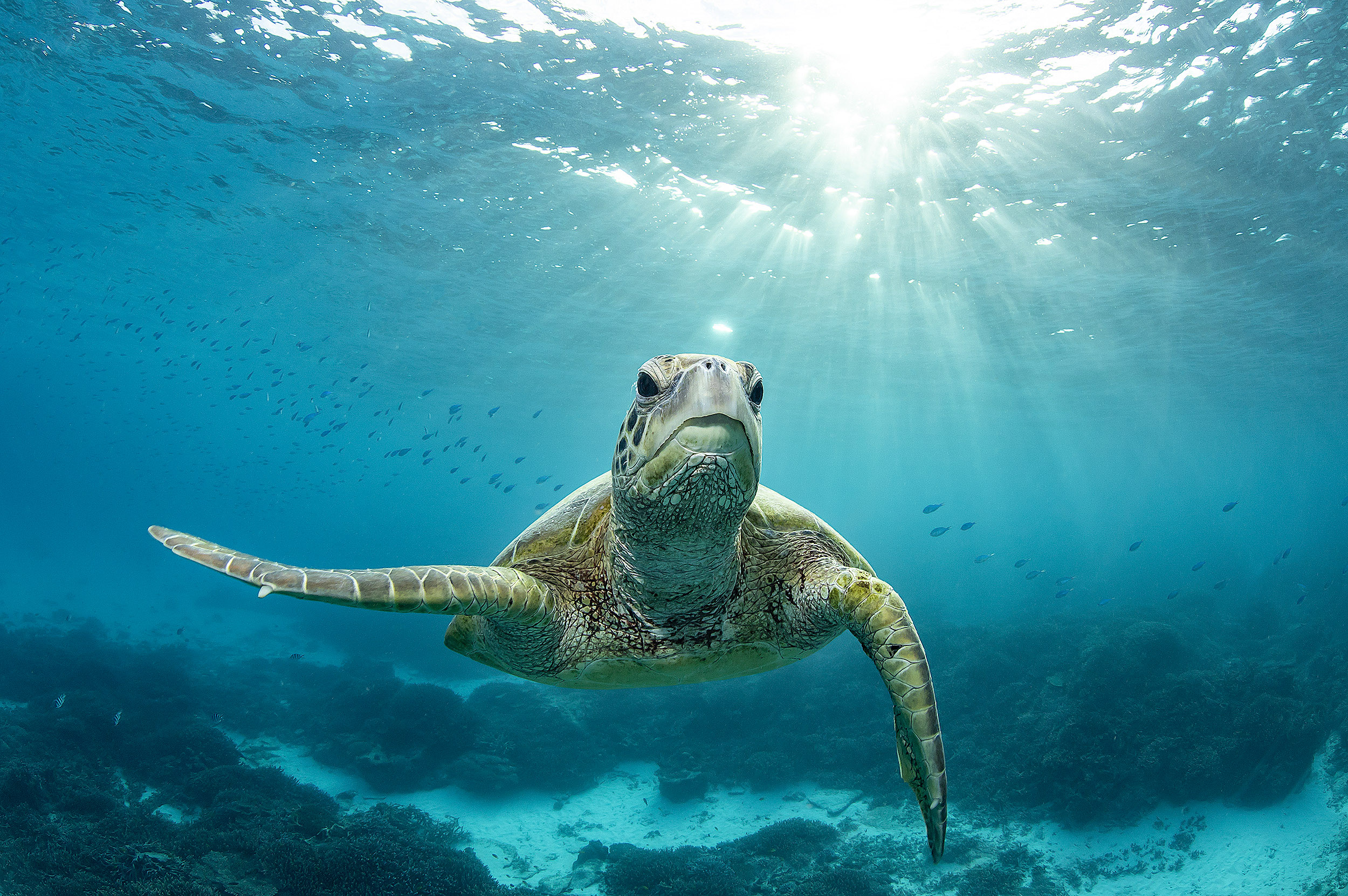
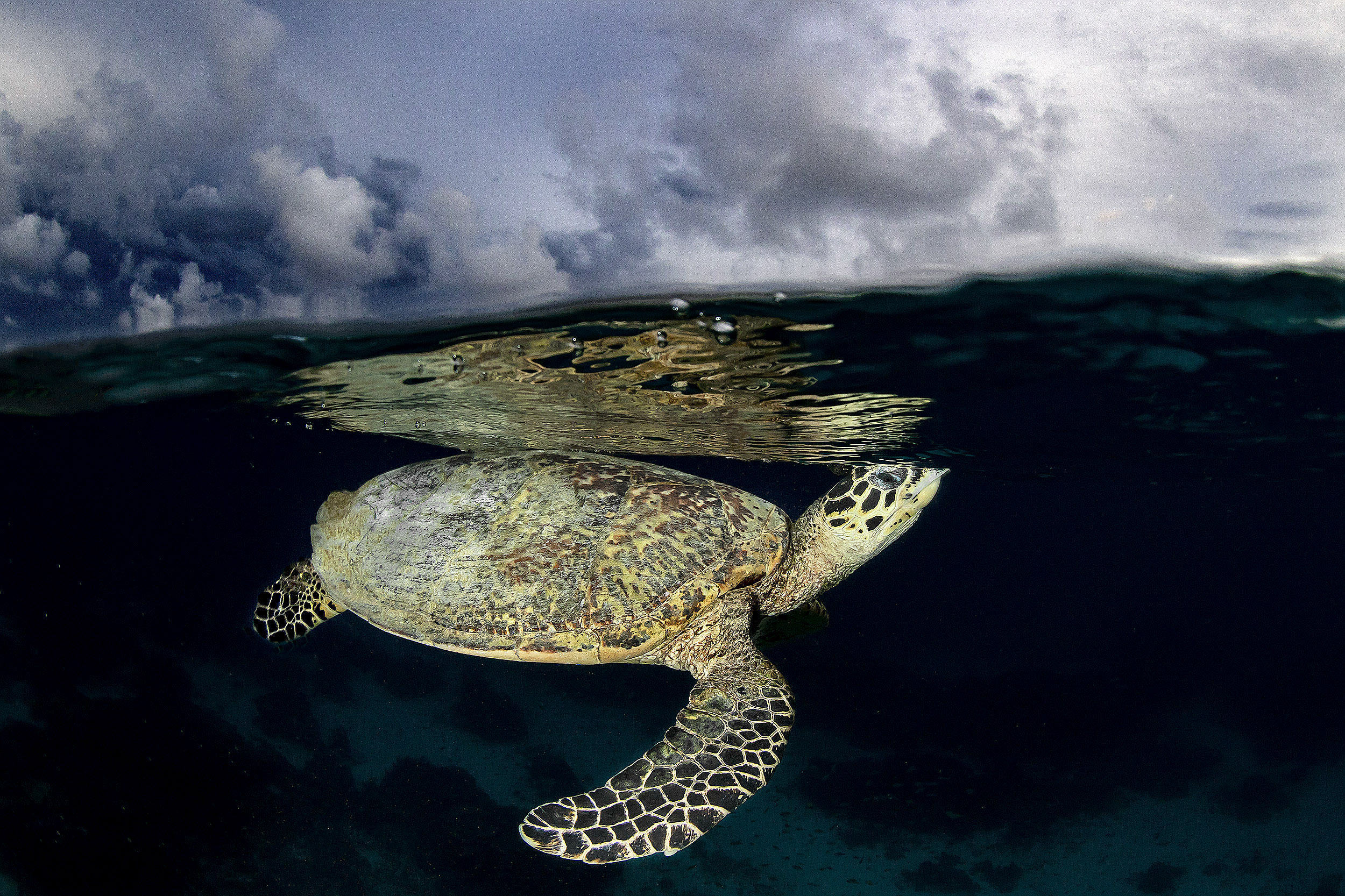
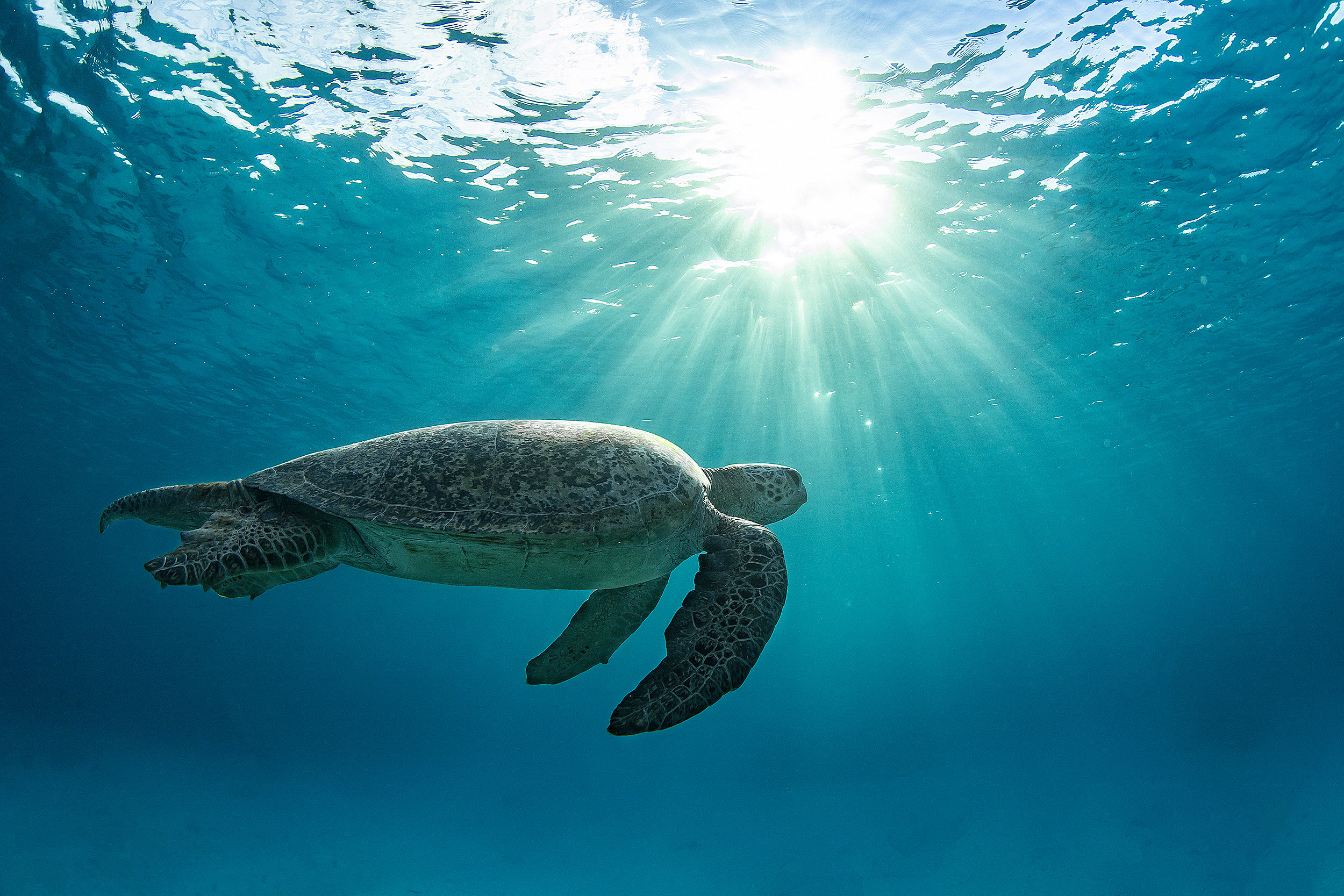
Lady Elliot Island (as part of the GBR) is one of the most important sea turtle habitats in the world. It is home to Green and Loggerhead turtles who return each year to lay their eggs on the same beach that they were born. A female turtle lays between 80 – 120 eggs, up to nine times per season.
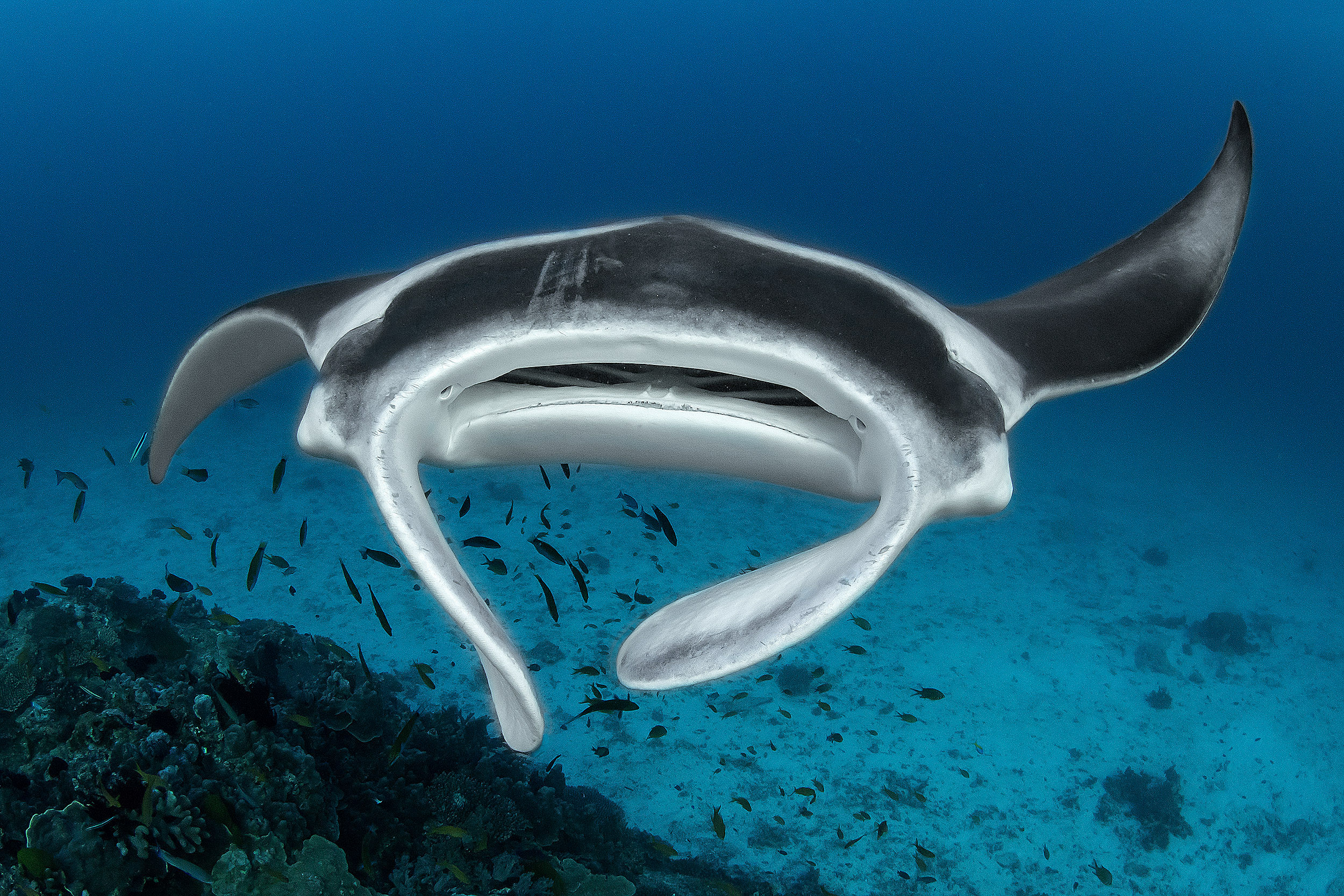
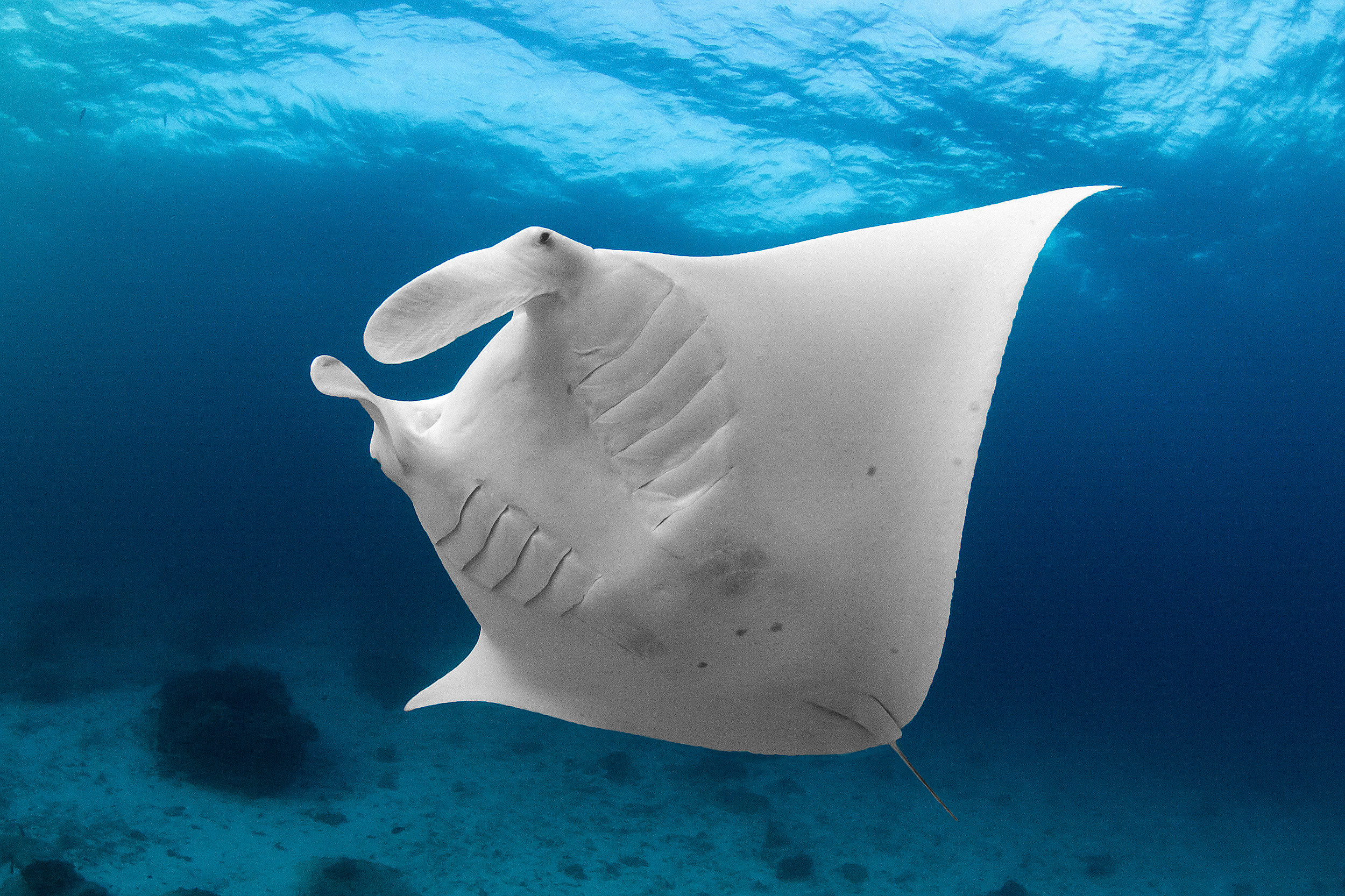
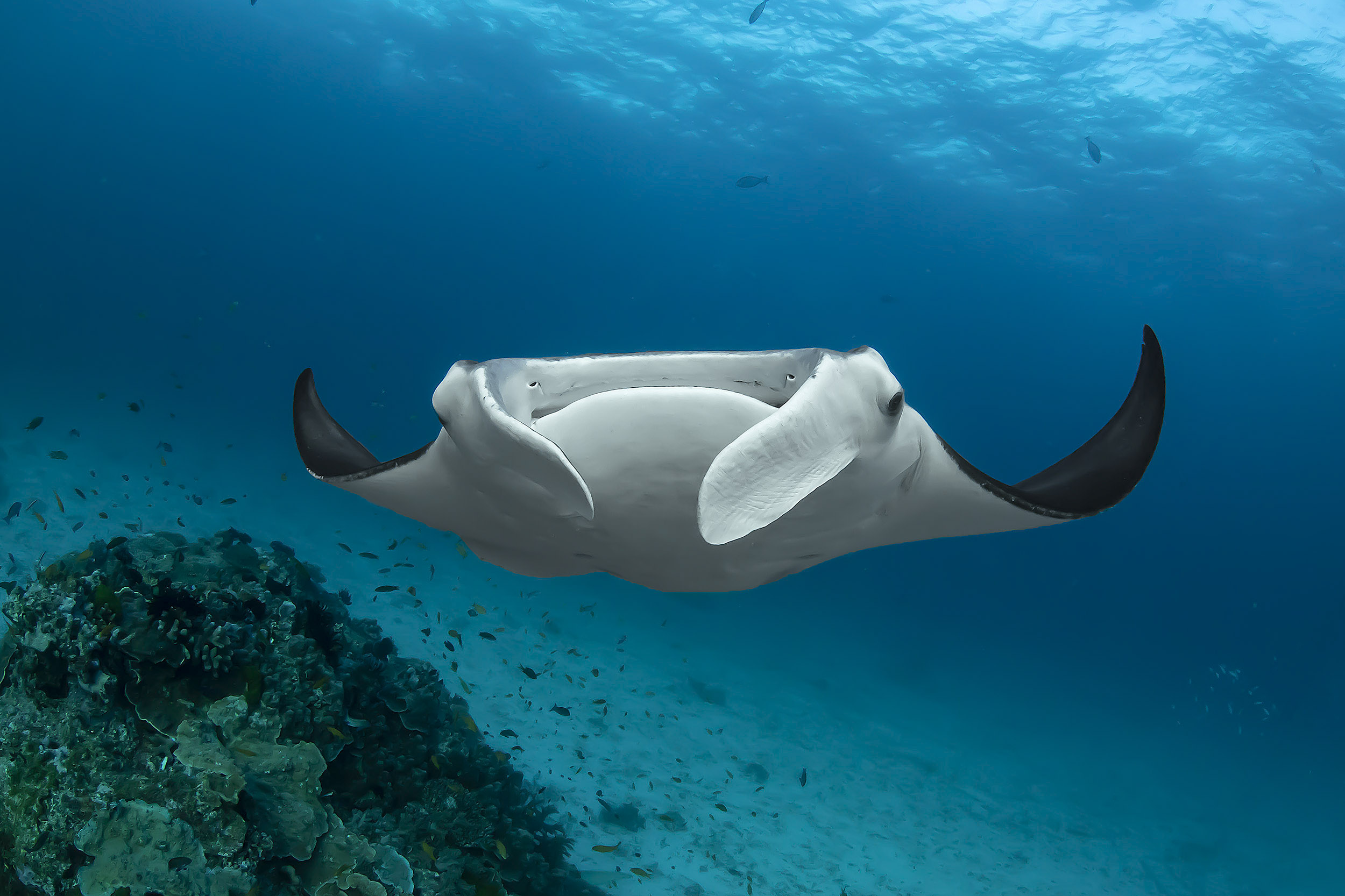
Lady Elliot Island is renowned as the home of the world’s largest ray, the Manta ray, that congregates here all year round but is seen in highest concentration in the winter months from May – September. With a wing to wing span of up to 7 meters, these ‘kites of the sea’ feed on microscopic plankton and are regarded as harmless with no stinging barb on their tail.
Manta rays have the highest brain to size ratio of any fish species and are highly aware, interactive and inquisitive. They feed by scooping water into their mouths using the lobes located in the front of their mouths and then filter plankton through their gills.
Unfortunately, Manta’s are now classified as VULNERABLE due to increasing injuries caused by human activities such as boating and fishing and are threatened by international trade in their gill rakers used in Chinese medicine.
Project Manta on Lady Elliot Island is helping support conservation initiatives through research.
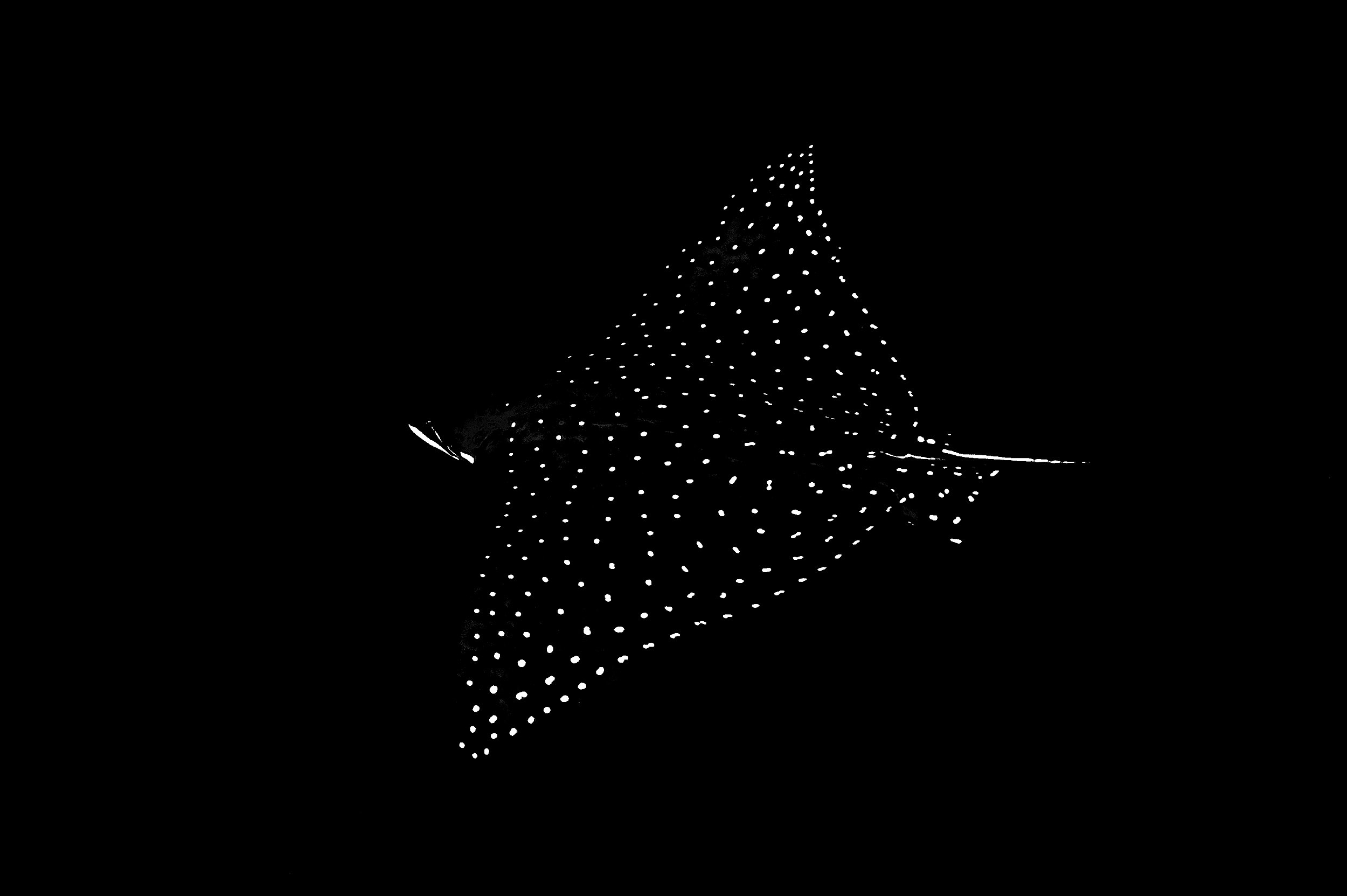
The magnificent Eagle ray can grow up to 1.8m in length (including the tail) and has a single sting on its tip. Unlike Manta rays that filter plankton, Eagle rays feed on mollusks and crustaceans, crushing shells with their flattened teeth. Eagle rays are excellent swimmers and are known to breach several meters out of the water.
